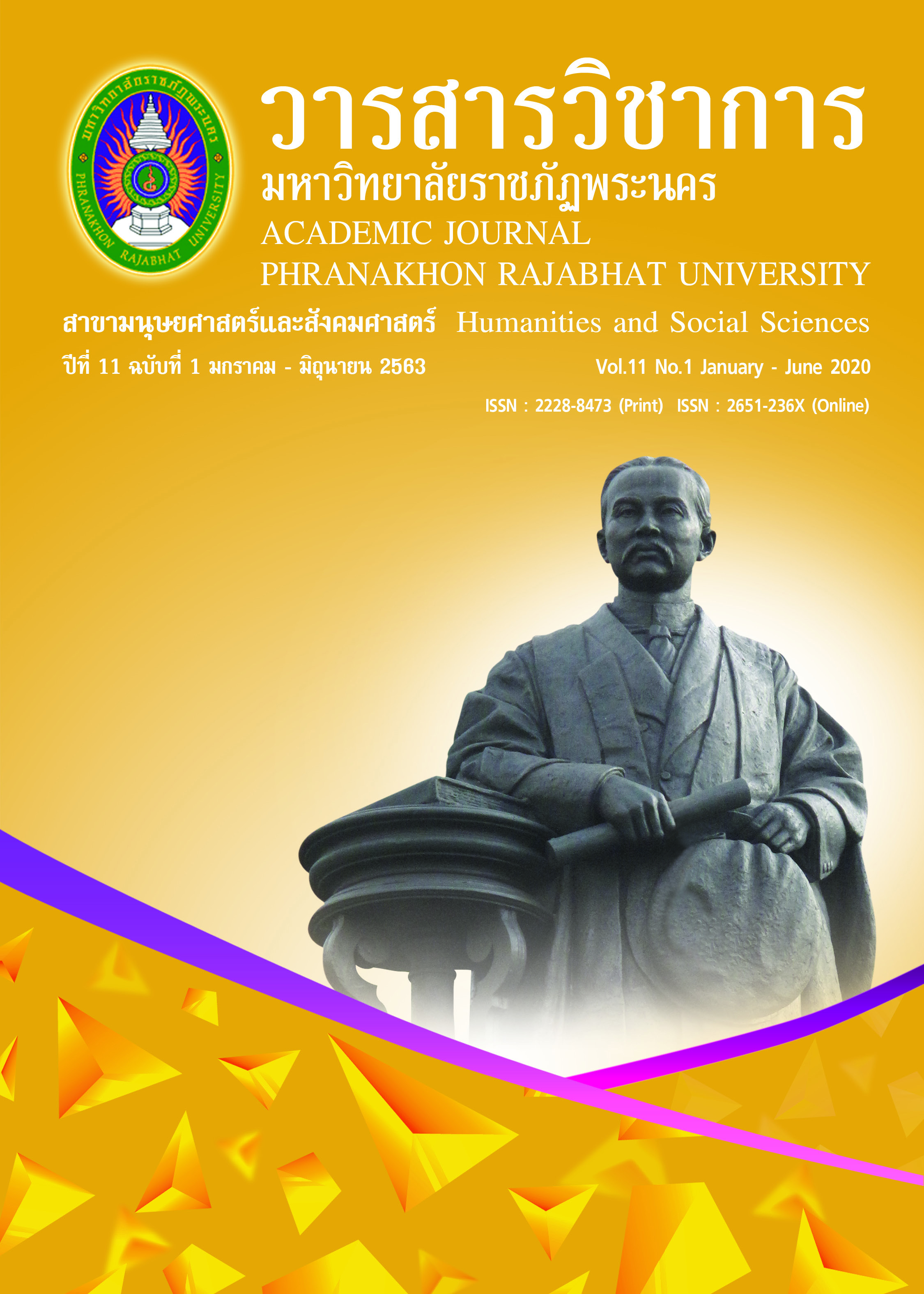THE SOCIO-ECONOMIC OF OIL PALM FARMERS IN THE ABANDONED SHRIMP AREA KHANABNAK SUB-DISTRICT PAKPHANANG DISTRICT NAKHON SI THAMMARAT PROVINCE
Keywords:
Abandoned shrimp farm, Oil palm, Socio-economicAbstract
The purpose of this research was to study the socio-economic of oil palm farmers in the abandoned shrimp area Khanabnak sub-district Pakphanang district Nakhon si Thammarat province since it was area which has rapidly changed land use from abandoned shrimp farms to oil palm. The sample was 112 households of oil palm farmers in 10 villages of Khanabnak sub-district Pakphanang district Nakhon si Thammarat by using questionnaires and interviews. The results was found that 50.89 percent of farmers were male, 57.14 percent of farmers had average age between 46 - 55 years, 32.14 percent of farmers were elementary school, 39.29 percent of land use before oil palm planting was shrimp farm, and 67.86 percent of farmers had experience in oil palm plantations for 6 - 10 years. For the economy, total area of holding was 11 - 20 rai per household, 35.71 percent. The area of oil palm plantations was less than 10 rai per household, 37.50 percent. Expenses in oil palm plantations was higher than 240,001 baht per year, 31.25 percent. Income from oil palm plantations was higher than 500,001 baht per year, 31.25 percent. Most of the farmer’s savings was higher than 100,000 baht per year, 63.39 percent. Production factors found that 22.32 percent of oil palm in Khanabnak sub-district was Univanich oil palm, 37.50 percent of oil palm was harvested at the age of 3 years, and most farmers use chemical fertilizer formula 15:15:15 (N: P: K) at the rate of 20 kg per rai. In addition, the worth of the investment of oil palm plantation in Khanabnak sub-district was found that oil palm cultivation was possible in making investment decisions. Since the oil palm plantation had a positive benefit-to-cost ratio (BCR), the internal rate of return for oil palm plantation (IRR) was higher than the opportunity cost of capital (Loan interest rate of commercial banks) which shows that it was worth the investment. And when considering the net present value (NPV) found that the value was positive. It was shown that oil palm cultivation was profitable and can make investment decisions.
References
Bank of Thailand. (2017). Deposit Rates for Individuals of Commercial Banks as of 9 September 2017. Retrieved September 9, 2017, from https://www.bot.or.th/thai/statistics/_layouts/ application/ interest_rate/in_rate.aspx.
Juthathiprat, J., Duangchan, P., Tibsrinimit, N., & Sungkharat, U. (2015). The Guidelines of Restoration Vocational after the Prawn Farming Crisis of the in Habitants at Ranote District, Songkhla Province. Inthaninthaksin journal. 10 (1), 119 – 141. Vol. 10 No. 1 (2015): April 2015 - September 2015. (in Thai)
Kasem, S. (2003). Economic analysis of the oil palm industry in Thailand. Master of Science in Agricultural Economics. Faculty of Economics, Kasetsart University. (in Thai)
Khanabnak Subdistrict Administration Organization. (2017). Information of Khanapnak Subdistrict, Pak Phanang District, Nakhon Si Thammarat Province. Retrieved September 15, 2017, from http://www.thaitambon.com/tambon/801218. (in Thai)
Land Development Department. (2003). Manual of rehabilitation of the area that has been raised by black tiger shrimp for the Department of Land Development officials. Bangkok: Land Development Department Ministry of Agriculture and Cooperatives. (in Thai)
Land Development Department. (2009). Land use areas, economic crops, oil palm. Bangkok: Land Development Department Ministry of Agriculture and Cooperatives. (in Thai)
Meemapun, H. (2007). Principles of Project Theory and Practice analysis to study the feasibility of the project. Bangkok: Chalalongkorn University. (in Thai)
Priapying, P. (2011). The abandoned shrimp to the oil palm plantation in the Pak Phanang Basin. Kasikorn. 84 (6), 77 – 80. (in Thai)
Downloads
Published
How to Cite
Issue
Section
License
"บทความวิชาการในวารสารฉบับนี้ ถือเป็นความรับผิดชอบของผู้เขียนเท่านั้น"
สงวนลิขสิทธิ์ตามพระราชบัญญัติลิขสิทธิ์




